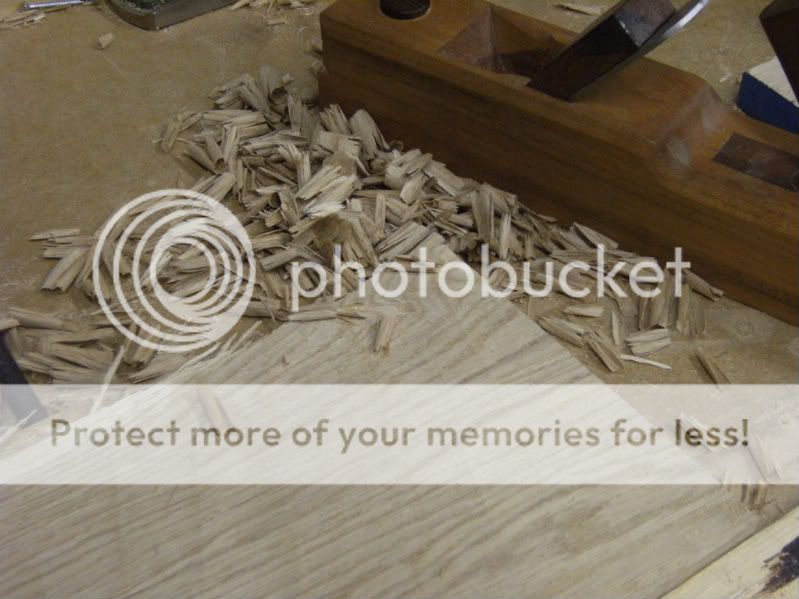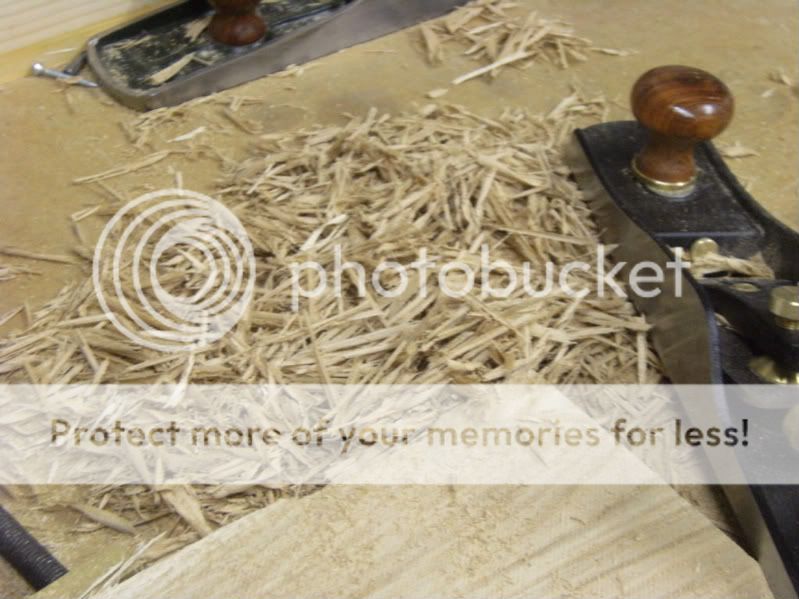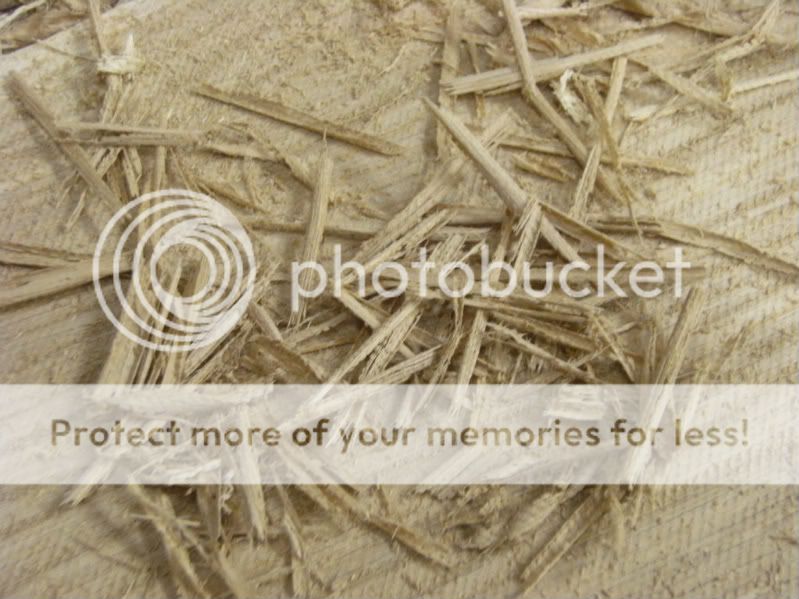Paul Chapman
Established Member
One of the revelations for me at the West Dean hand-tool event, was to see the use of a toothed plane blade for stock preparation. When preparing sawn timber by hand, the convention is to use a heavily cambered blade in a scrub or jack plane to quickly get the wood to a presentable state before moving on to more conventional planes. The heavily cambered blade works well because the camber reduces resistance and enables thick shavings to be easily removed. One problem, however, is that tear-out can sometimes be quite severe, depending on the wood.
At West Dean, Deneb Puchalske of Lie Nielsen Toolworks gave us a demonstration using a toothed blade in a bevel-up plane. These are the blades http://www.lie-nielsen.com/?pg=4
What you get using the toothed blade is a series of serrations but no tear-out. Like the heavily cambered blade, resistance is reduced so you can take thick shavings. I had a go with the plane and it was impressive. Unfortunately I don't have a bevel-up plane - if I did I would immediately order one of the toothed blades because they work so well and I do all my stock preparation by hand.
Has anyone else tried this technique?
Cheers :wink:
Paul
At West Dean, Deneb Puchalske of Lie Nielsen Toolworks gave us a demonstration using a toothed blade in a bevel-up plane. These are the blades http://www.lie-nielsen.com/?pg=4
What you get using the toothed blade is a series of serrations but no tear-out. Like the heavily cambered blade, resistance is reduced so you can take thick shavings. I had a go with the plane and it was impressive. Unfortunately I don't have a bevel-up plane - if I did I would immediately order one of the toothed blades because they work so well and I do all my stock preparation by hand.
Has anyone else tried this technique?
Cheers :wink:
Paul



































